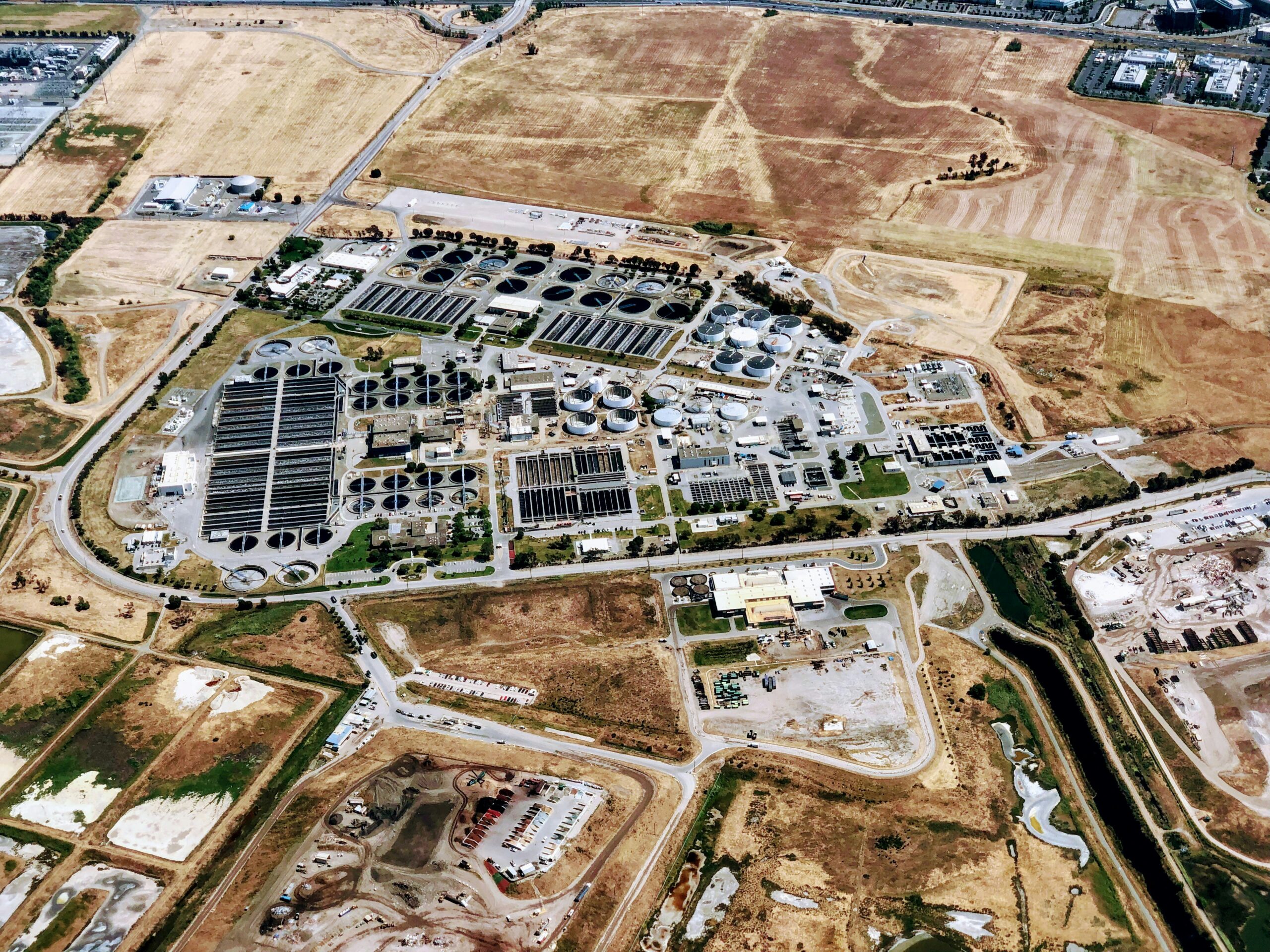Industry
Manufacturing
Project Summary
PMAlliance was asked to provide project management support for a major manufacturing company who was undertaking the largest Supply Chain ramp-up and re-alignment project in its history. This project involved several divisions, five general managers, 15 functional organizations, 50+ external suppliers, and 120+ team members who were from multiple worldwide locations. In addition, the deadline date was aggressive and there were many logistical uncertainties that made integrating the different work streams very difficult. Finally, the cost for late delivery was over $500,000/day. PMAlliance was brought in to facilitate the development and control of an integrated project management plan. This case study discusses how our Duration-Driven planning approach, consulting support, and proprietary web-update and diagnostic tools helped our client meet their project deadline and objectives.
Situation
In 2008, a large Fortune 100 manufacturer was producing product at its highest rate ever. Their supply chain was executing on all cylinders, manufacturing and fabrication plants were at capacity, and assembly operations were stressed to their maximum limits. The 2009 recession hit and resulted in sharp drops in the volume of manufacturing, fabrication, and assembled units needed to meet market demand. The extended supply chain witnessed drastic disruption as existing orders were cancelled and suppliers were forced to dramatically alter their capacity in order to stay in business. While in 2009 most economists were projecting a slow U-shaped recovery, heavy manufacturing instead experienced a rapid V-shaped recovery beginning in 2010, with market demand ramping up at a much higher rate than expected. This “bullwhip” effect created huge stresses on all areas of the value chain from rough material resource availability through fabrication and assembly capacity.
PMAlliance Solution
At the beginning of the engagement PMAlliance conducted sponsor interviews to gain an understanding of the project scope, objectives and unique challenges. During those interviews we identified five elements that needed to be present in order for any solution to be successful:
- Visibility: It would be necessary to tie together functional groups, product groups, production lines, and facility executives into one project plan, enabling unprecedented visibility to the challenges facing the organization.
- Communication: It needed to enable a forum where open lines of communication could identify issues and resolve them in a consistent manner.
- Accountability: It should ensure every team member clearly understand their near-term activities and execute them as promised.
- Early Warning: There needed to be an efficient process for team members around the world to provide status updates on their tasks and, more importantly, details about what was causing key activities to be delayed.
- Execution: It would require a process flexible enough to adjust major work streams and execution strategies efficiently and frequently as the timing of existing suppliers ramping down existing material channels were affected by delays in new suppliers ramping up their capabilities. And, both needed to be coordinated with the timing of new machine installation projects coming online.
From there, we met with the project team to develop a project charter and, following that, we developed a high-level project plan to determine how the execution strategy would align with the desired target dates. Over the next few weeks we continued to add detail to individual functional areas of the plan, developed risk mitigation plans, and synchronized all independent work streams into one integrated project schedule. Within a few weeks, we had all functional divisions, product lines, suppliers, and facilities operating under a single project plan, with one weekly report-out to management and a comprehensive status memo to communicate progress to the enterprise.
Over the course of the project, we learned that the velocity of the project combined with its global scale was causing the project plan to be continually in flux. Tying together functional areas within different operating divisions of a global company, all with their own internal agendas, created problems with driving accountability. New, existing and interplant suppliers experienced unplanned material delays that caused timeline disruptions. Finally, tool manufacturers throughout the industry were continually behind schedule and frequently pushed out their promised delivery dates. All of these items had a corresponding impact to the overall project plan. Without a strong control process to catch these issues early, and highlight the resulting impact on the project schedule and production milestones, the client would have experienced significant revenue losses. Because our web-based update system was easy to use, we were able to keep the global project team engaged, which enabled management to maintain their focus on near-term issue resolution. The dashboards, control presentations and report packages that PMAlliance delivered throughout the control process, helped to maintain the positive momentum throughout the project.
In summary, over the course of the project we progressed through six distinct phases:
(1) Gaining alignment on the desired scope and objectives of the project, as well as identifying any existing risks that could impact the project
(2) Understanding, at a high-level, how to integrate the different functional areas of the project into a plan that was likely to meet the required deadline dates
(3) Developing a detailed project plan that would allow the team to tightly monitor progress
(4) Incorporating contingency activities into the project schedule to address identified project risks
(5) Implement a pro-active control process to provide an early warning system for schedule issues and a framework for keeping the project on track
(6) Utilizing executive dashboards to highlight the overall progress of the program
PMAlliance, Inc. is a project management consulting, project management training and project office development company. We partner with our clients to provide mission-critical services.




